Advertisement
Python lists are a good starting point for working with structured data. They’re flexible, easy to build, and familiar to just about anyone using Python. But when your task involves numbers or requires speed and better memory handling, lists start to show limits. That’s where NumPy arrays step in. If you're working with calculations, matrices, or just large datasets, converting your list to a NumPy array becomes the first step before doing anything complex. Here are different ways to do that, based on what your list looks like and how you plan to use it.
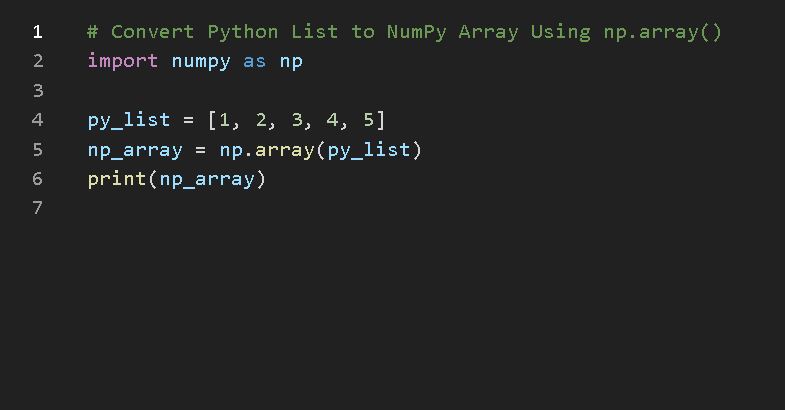
NumPy’s array() function takes in a list and returns an array object. It doesn’t check if the input is already an array—it always creates a new one. If you’re starting with a basic list or nested list, this is a clear and dependable method.
python
CopyEdit
import numpy as np
my_list = [1, 2, 3, 4]
my_array = np.array(my_list)
It also supports lists of lists, which means you can use it to create two-dimensional arrays or even more layers, as long as the sublists are all the same length.
python
CopyEdit
nested_list = [[1, 2], [3, 4]]
nested_array = np.array(nested_list)
This function gives you full control over how the data is packaged into an array form. You can specify the data type, but even without that, NumPy will try to infer the best type based on the input.
This one looks similar to np.array(), but it quietly skips some work. asarray() checks the input before building a new array. If the input is already a NumPy array, it doesn't copy it—it just returns it as-is. This can be helpful when you're writing functions that might receive either lists or arrays, and you want to standardize them without wasting memory.
python
CopyEdit
data = [5, 6, 7]
arr = np.asarray(data)
Here’s where it gets useful:
python
CopyEdit
existing_array = np.array([1, 2, 3])
new_ref = np.asarray(existing_array)
new_ref doesn’t duplicate the array. It points to the same data unless you specify a different data type, in which case it does make a copy.
python
CopyEdit
arr_float = np.asarray([1, 2, 3], dtype=float)
This option is mostly used in performance-sensitive code or when designing functions that need to convert inputs safely but efficiently.
When you're not working with a static list, and instead have an iterable like a generator, fromiter() becomes the right tool. It builds an array one element at a time from any iterable object, and it's great when you're working with pipelines or need to construct arrays without materializing the list first.
python
CopyEdit
gen = (x * 2 for x in range(5))
arr = np.fromiter(gen, dtype=int)
This method doesn’t guess the data type—you must tell it what to expect using dtype. That’s because iterables don’t give NumPy enough info to infer types safely.
It’s a solid choice when memory use matters or when you’re consuming large data sources in chunks. Just remember that once the iterable is used, you can’t go back and reuse it. So if you need it again, recreate it.
If your list follows a predictable rule or structure, you might not need to store it as a literal list. fromfunction() allows you to define a shape and a function that calculates each value based on its position.
python
CopyEdit
arr = np.fromfunction(lambda i: i * 3, (5,), dtype=int)
This creates an array [0, 3, 6, 9, 12] using a function that multiplies each index by 3. It’s not based on an actual list, but it’s often used where one would otherwise generate a list using comprehension or loops.
It can scale up to more dimensions:
python
CopyEdit
grid = np.fromfunction(lambda i, j: i + j, (3, 3), dtype=int)
It’s a clean way to create array data that depends on position, often used in grid layouts, simulations, or pattern-based generation.
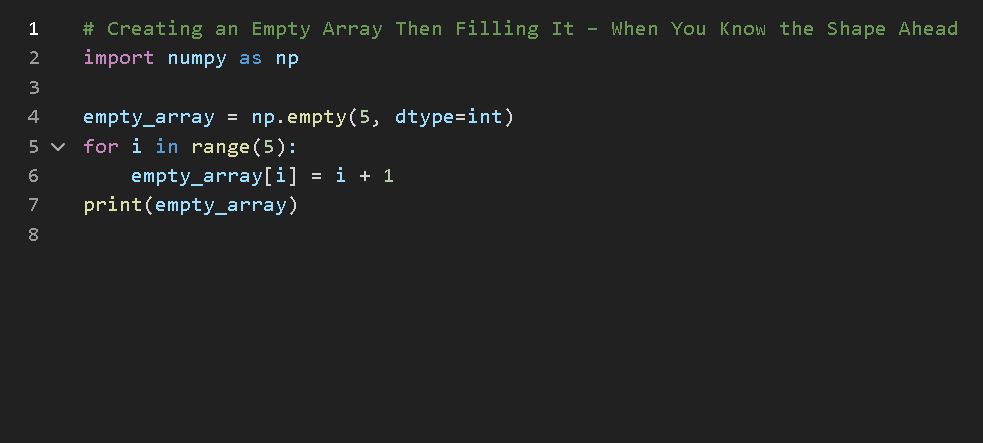
Sometimes you know the length or shape you need, but you want to fill the array manually from a list. In these cases, you can allocate an array of the right shape and assign values from the list directly.
python
CopyEdit
my_list = [1, 2, 3, 4]
arr = np.zeros(len(my_list), dtype=int)
arr[:] = my_list
This helps when performance or structure matters. You avoid temporary conversions or restructuring after the fact, and the array is ready to go.
It’s also useful for partial assignments:
python
CopyEdit
full_array = np.zeros(10, dtype=int)
partial_data = [9, 8, 7]
full_array[2:5] = partial_data
You’re not converting the list in a single step, but rather inserting it into a slice of an array you’re already managing. This is common in larger scripts or batch-processing tasks where only part of the data is dynamic.
When you're given a flat list that actually represents rows and columns, you can convert and reshape it. This is useful when pulling data from flat files or streams where the shape is implied, not shown.
python
CopyEdit
flat_list = [1, 2, 3, 4, 5, 6]
arr = np.array(flat_list).reshape((2, 3))
The reshape doesn’t change the content—it just rearranges how NumPy interprets the memory. It’s a lightweight operation but very useful when the data layout needs to reflect grids, time-series segments, or batches.
There are several ways to move from a Python list to a NumPy array, and each one makes sense in its own context. Whether your data comes from a loop, a stream, a file, or manual entry, NumPy offers a method that fits. The right choice depends on how your data is structured and what you need to do with it next.
Advertisement

Learn how to write a prime number program in Python. This guide walks through basic checks, optimized logic, the Sieve of Eratosthenes, and practical code examples

Reddit's new data pricing impacts AI training, developers, and moderators, raising concerns over access, trust, and openness

Tech leaders face hurdles in developing reliable AI agents due to complexity, scalability, and integration issues.

RAG combines search and language generation in a single framework. Learn how it works, why it matters, and where it’s being used in real-world applications

How to create Instagram Reels using Predis AI in minutes. This step-by-step guide shows how to turn ideas into high-quality Reels with no editing skills needed
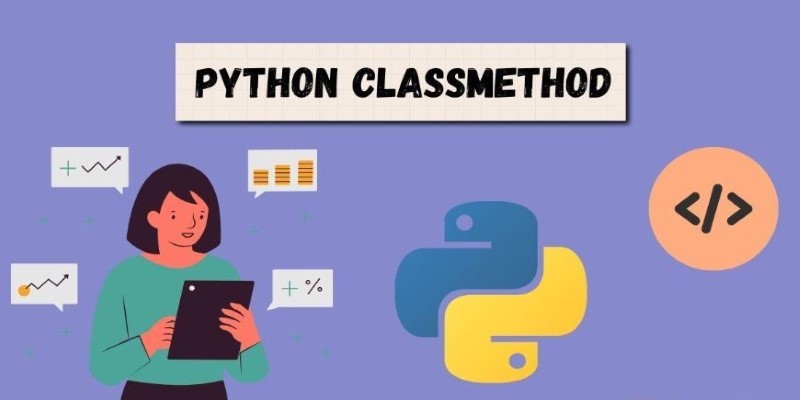
How Python’s classmethod() works, when to use it, and how it compares with instance and static methods. This guide covers practical examples, inheritance behavior, and real-world use cases to help you write cleaner, more flexible code
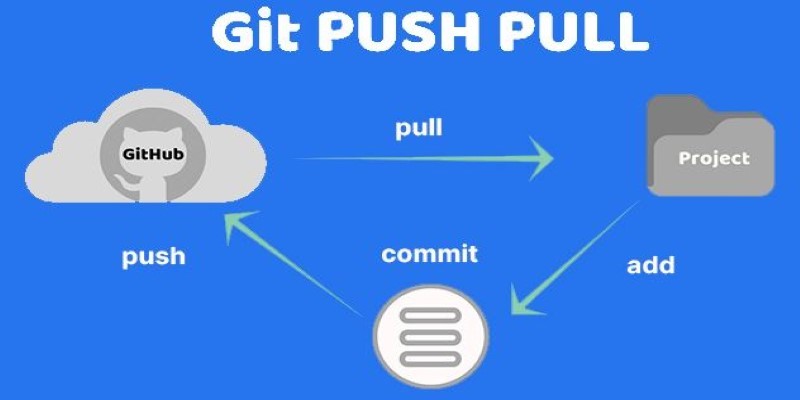
Still unsure about Git push and pull? Learn how these two commands help you sync code with others and avoid common mistakes in collaborative projects
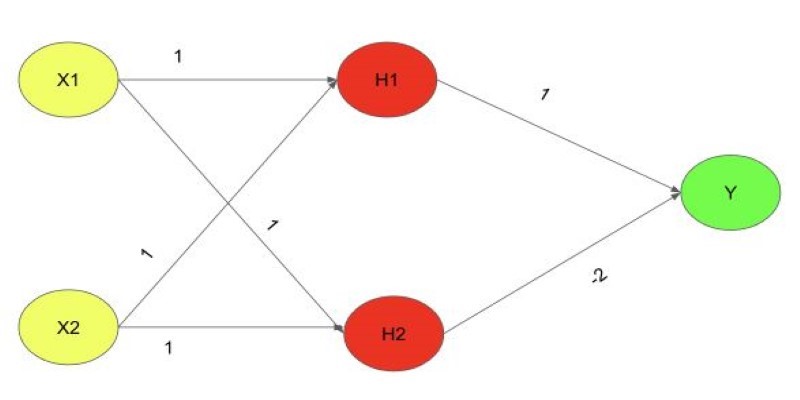
Explore the XOR Problem with Neural Networks in this clear beginner’s guide. Learn why simple models fail and how a multi-layer perceptron solves it effectively

Discover how to generate enchanting Ghibli-style images using ChatGPT and AI tools, regardless of your artistic abilities

Learn how DreamBooth fine-tunes Stable Diffusion to create AI images featuring your own subjects—pets, people, or products. Step-by-step guide included

Can you really run a 7B parameter language model on your Mac? Learn how Apple made Mistral 7B work with Core ML, why it matters for privacy and performance, and how you can try it yourself in just a few steps
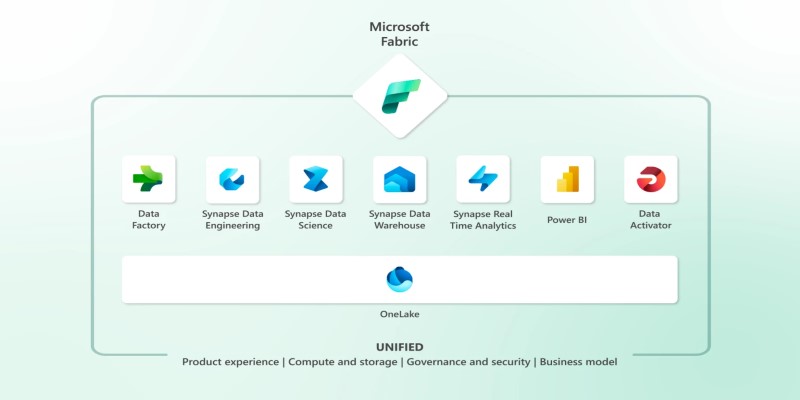
Explore Microsoft Fabric, a unified platform that connects Power BI, Synapse, Data Factory, and more into one seamless data analytics environment for teams and businesses